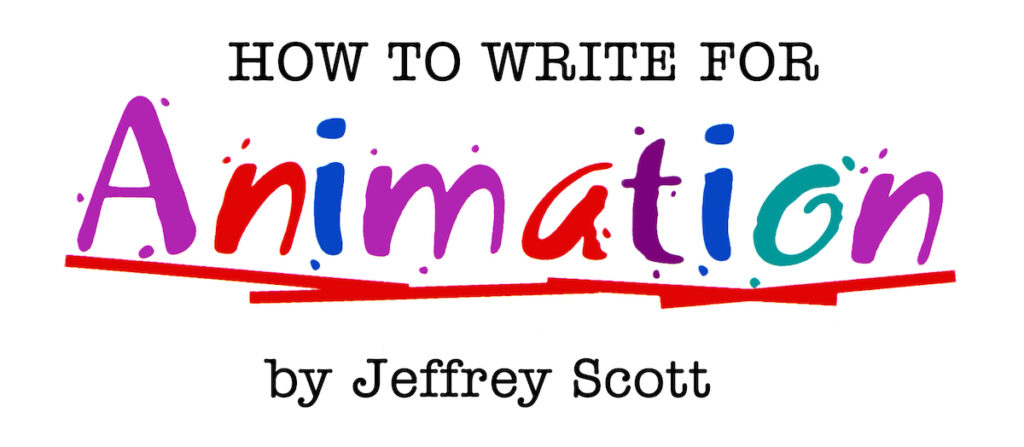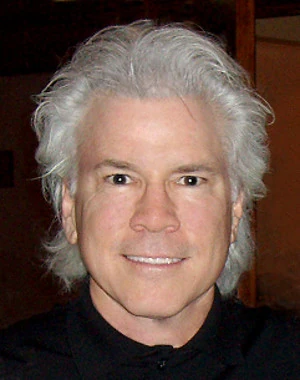
It may seem like a daunting task to turn a thin premise into a tightly paced, precisely structured outline, with fully developed A- and B-stories, exciting action, and funny comedy. And it would be daunting if you tried to start writing your outline from the beginning of the story, straight through to the end. In fact, that’s just how to give yourself a good case of writer’s block. Fortunately, that’s not how stories are written.
Writing this way would be like trying to build a house without any blueprints. Writing a story is very similar to building a house. When you build a house you know you’re going to have bedrooms, bathrooms, a kitchen, garage, and a family room. These are the basic elements of any house. A story has its basic elements as well. These are the story beats.
Just as you decide on what rooms you want before you build your house, you work out your story beats before you start writing an outline. A story beat is simply a short description of what a scene will include. For example, in the opening scene of the original Star Wars movie, a description of the beat might be as simple as
Darth Vader captures Princess Leia while C-3PO and R2 escape.
This gives the writer enough information to have a conceptual understanding of the scene, which is all one needs to know in order to begin stringing beats together.
It is at the beat stage where your story really begins to take form. If you get your beats right, the rest is easy. The beats are where you find your structure, the backbone of the story.
Now, how do we come up with all these story beats? To the novice writer, this may seem overwhelming. You look at your monitor and the thought of filling blank screens with meaningful words sends you spinning. There’s an infinity of ideas out there. Where do you start? What do you do?
Relax! The answer is amazingly simple. All you have to do to start the process is ask yourself one question:
“What are the scenes that MUST be there?”
By answering this question over and over you will discover the basic beats of your story. Most of the beats will be obvious. For example, you MUST have a scene where your protagonist encounters a problem that sets the story in motion. And you MUST have a scene where he tries but fails to resolve the problem. And you MUST have a scene where he seeks some sort of help to resolve the problem. By simply looking over your story premise you will discover many more MUST scenes. There is more information about finding MUST scenes in my book, How to Write for Animation.
One of the things that makes this story development method so easy is that when coming up with scenes you don’t have to worry about the order in which you think of them. Each time you get an answer to what scenes must be there, just write it down in whatever order they come to you. Keep them as short as possible so that you can view them at a glance. When you have exhausted your initial ideas, number each one. I use the auto-numbering feature in my word processor to do this so that the numbers are always in their proper sequence when I move them around. Then all you have to do is highlight and drag the beat you think should come first to the top of the list. Find the beat you think should come next and drag it to the second line. Continue until you’ve got them in the order you think is right.
You’re not done with your beats at this point, but by having them in order you’ll be able to tell what new beats MUST be there in order to connect the beats you have. As you continue this process the most important beats will fall in place. Once you’ve got the basic structure down you can begin to have fun expanding and embellishing your beat outline.
©Jeffrey Scott, All Rights Reserved
Jeffrey Scott has written over 700 animated and live-action TV and film scripts for Sony, Warner Bros., Disney, Marvel, Universal, Paramount, Columbia, Big Animation, Hanna-Barbera and others. His writing has been honored with three Emmys and the Humanitas Prize. He is author of the acclaimed book, How to Write for Animation. To work with Jeffrey visit his website at www.JeffreyScott.tv.

